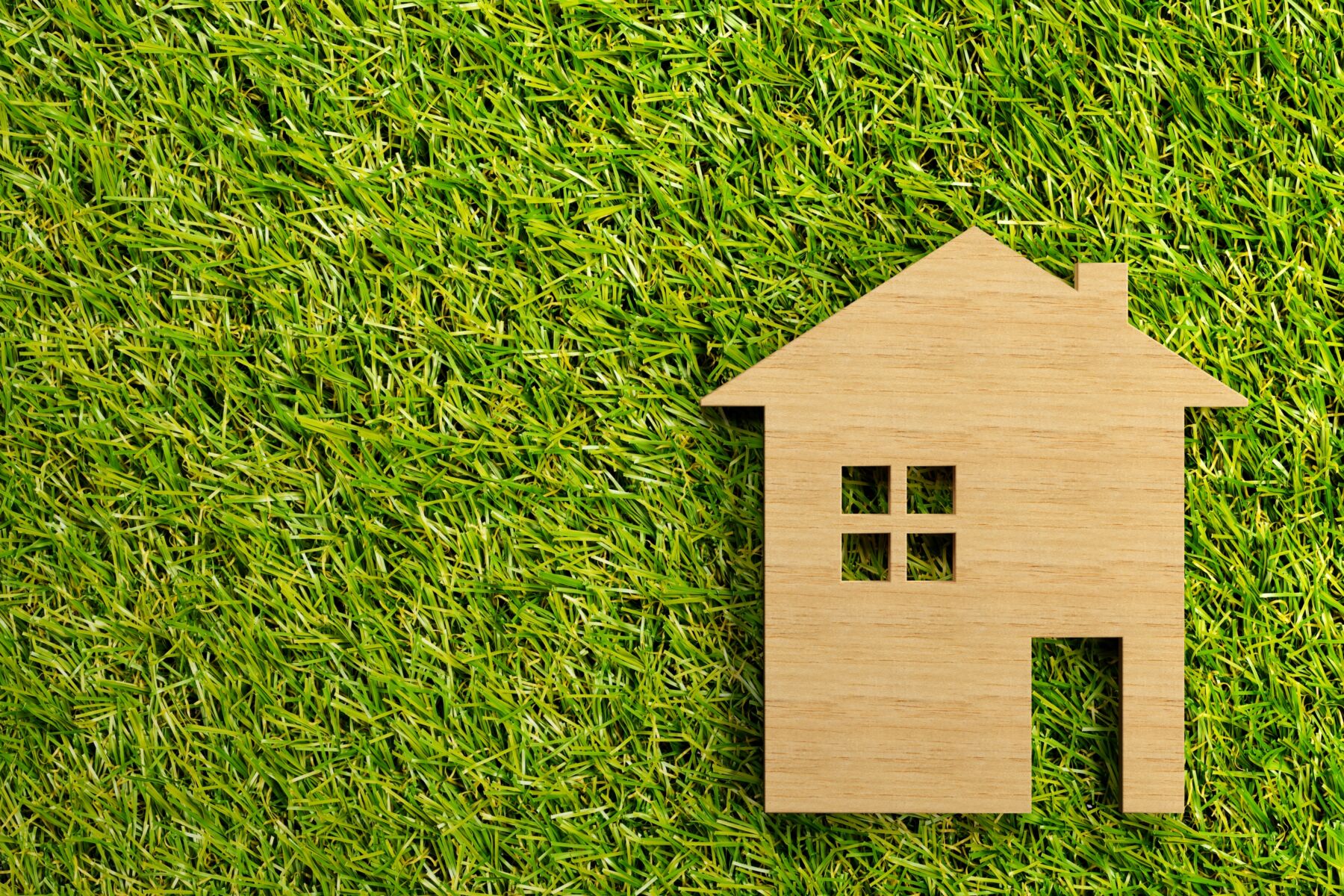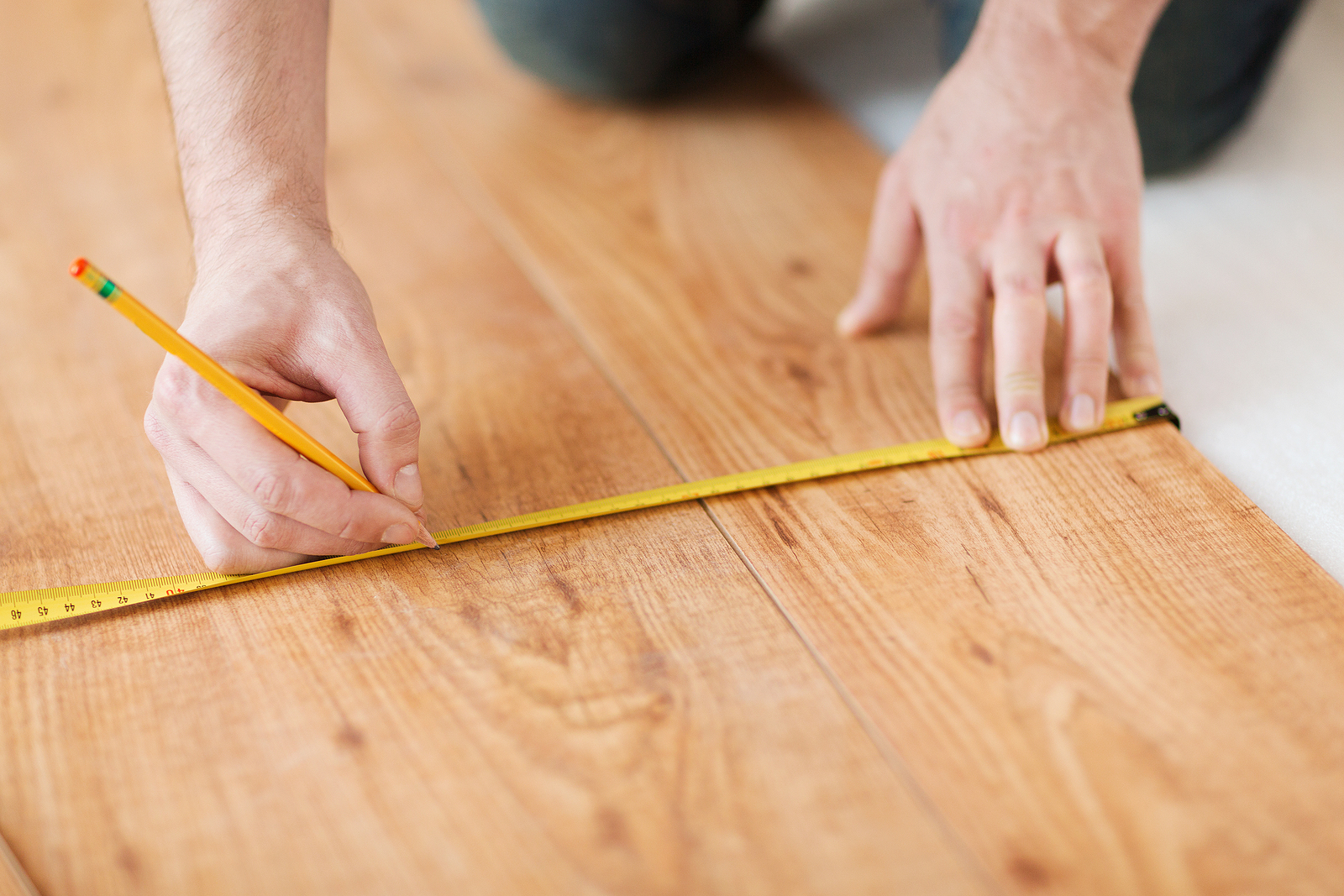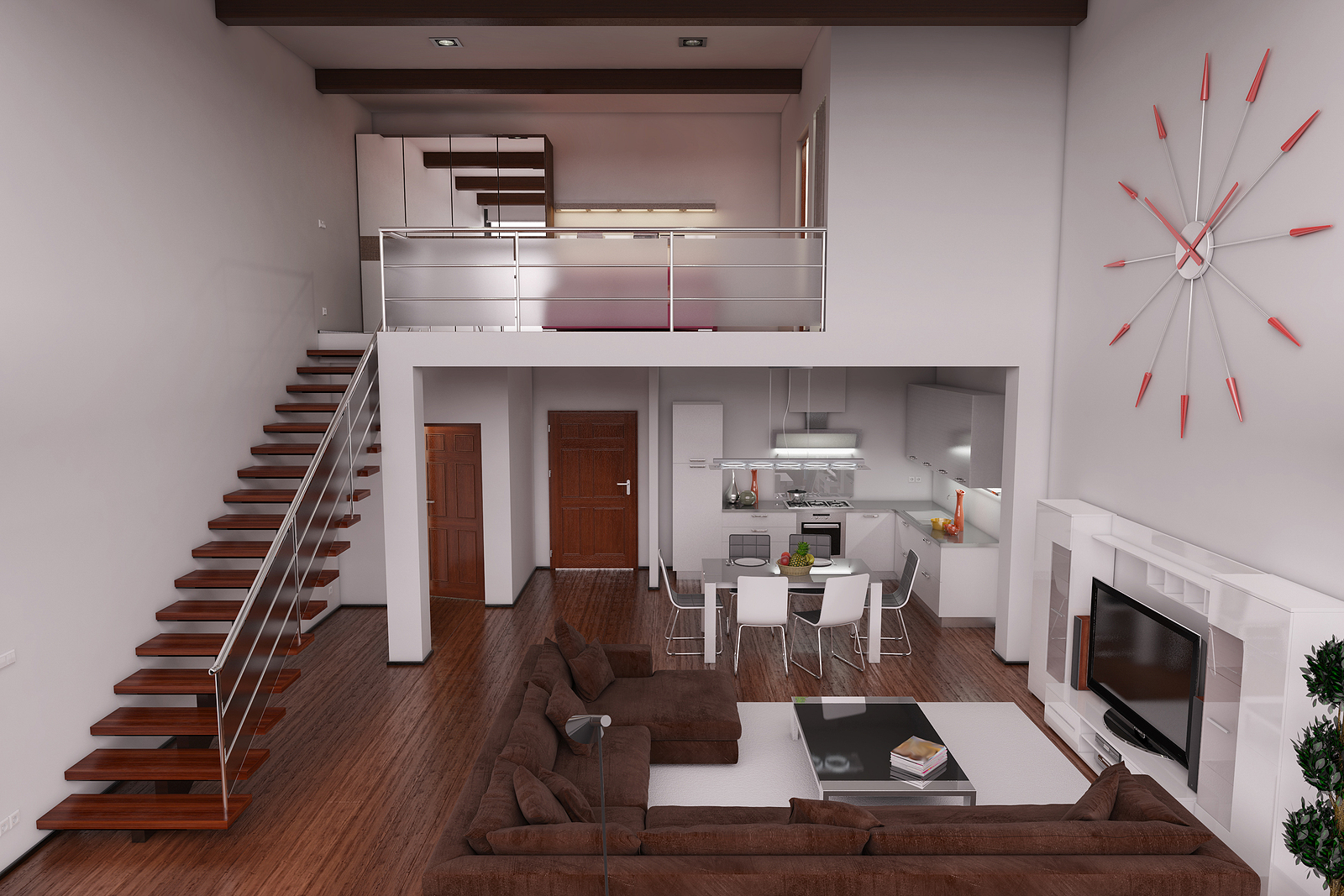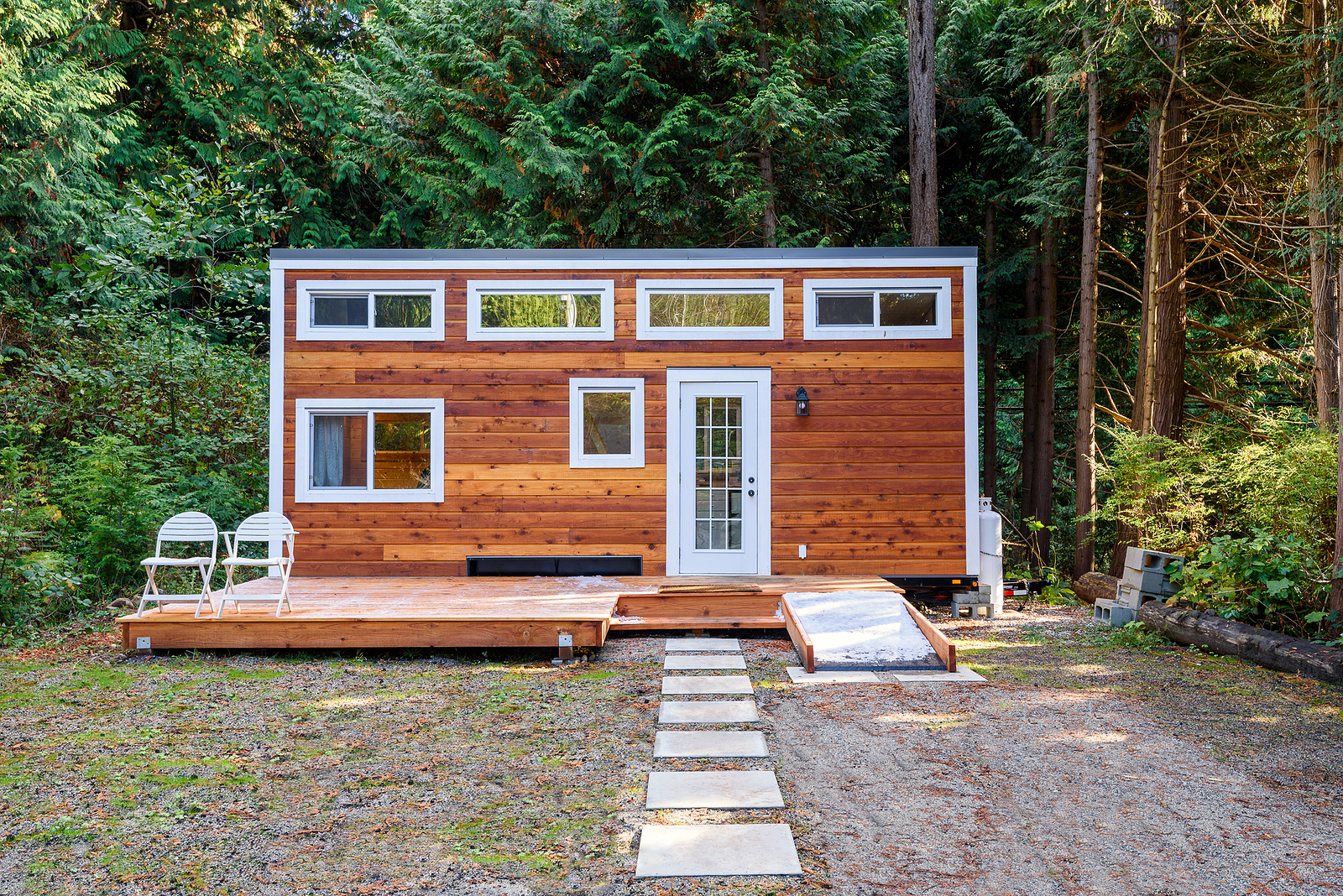Imagine yourself unlocking the door to your own tiny home, built with your hands, on a budget you could manage. It’s possible, you know. You can craft a cosy, eco-friendly, and functional space without draining your bank account. With careful planning, smart material choices, and clever design tricks, you can navigate the financial hurdles.
But where should you start and what pitfalls should you avoid? Let’s engage in a discussion on: How to Build a Tiny Home Cheap—a space that encapsulates your dreams and fits your wallet. Shall we explore this together?
Understanding Tiny Home Basics
Before you dive into building your budget-friendly tiny home, it’s crucial to grasp the fundamentals of tiny home living. This includes understanding two key elements: tiny home legality and size limitations.
Firstly, you need to be aware that the legality of tiny homes varies by location.

Some areas may not permit tiny homes at all, while others might have specific zoning laws that dictate where you can build and live in your tiny home. Therefore, it’s essential to thoroughly research local laws and regulations before you begin planning your tiny home.
Secondly, size limitations are another crucial aspect. Tiny homes are, by definition, small, but the actual size can vary.
While some people manage to live comfortably in a space as small as 100 square feet, others might require a little more room. Remember, the aim of tiny home living is to simplify your life, not to cram it into the smallest space possible.
Setting a Realistic Budget
After grasping the basics, it’s time to tackle the financial side of things by setting a realistic budget for your tiny home. You need to be aware of the budgeting pitfalls and prepare for unexpected expenses that may arise during the build.
To start, make a comprehensive list of all expected costs. This should include everything from the cost of the land, building materials, labor, to permits and utility setup.
Always add a contingency amount to your budget, as unexpected expenses are a common part of any building project. Here is a simple table to help you keep things in check:
| Expected Expenses | Contingency Fund |
|---|---|
| Land Purchase | 10-15% of total cost |
| Building Materials | 10-15% of total cost |
| Labor | 10-15% of total cost |
| Permits and Utility Setup | 10-15% of total cost |
How To Build A Tiny Home Cheap: Selecting Affordable Building Materials
Choosing the right building materials can significantly reduce your costs without compromising on the quality or sustainability of your tiny home. One effective strategy is the usage of recycled materials.
Not only does this cut costs, but it also aligns with the ethos of sustainability that many tiny home owners value.
Recycled timber, metal, and glass can give your home unique character while saving money. However, don’t limit yourself to just recycled materials.

Look into the benefits of local sourcing too. Local materials cut out the cost of long-distance shipping and support your local economy. Using regional stone or wood, for instance, can add a touch of local flair to your design.
Lastly, consider the durability of your chosen materials. Cheap now doesn’t always mean cheap in the long run. Invest in materials that will withstand the test of time and weather.
Remember, a tiny home is a long-term investment, and a little extra spent now can save you a lot down the road.
Maximizing Space With Smart Design
When designing your tiny home, every inch counts. To maximize your space, consider innovative furniture that serves multiple purposes.
Design rooms to be multifunctional and optimize your storage solutions. With smart design, you can transform a small area into a functional and comfortable living space.
Innovative Furniture for Space
To maximize your tiny home’s space with smart design, you’ll find that innovative furniture can play a crucial role. Furniture transformation techniques, such as convertible beds and foldable tables, can provide you with the flexibility to alter your living space as needed.
Wall-mounted desks and shelving units, for instance, can offer ample workspace and storage without consuming valuable floor area.

Compact appliance options are also worth considering. Slimline fridges, washer-dryer combos, and mini ovens can drastically reduce the footprint of your kitchen, freeing up space for other essentials. Opt for appliances that can be tucked away in cabinets or integrated into countertops to maintain a sleek, uncluttered look.
Remember to consider the scale of the furniture. Oversized pieces can overwhelm a small space, making it feel cramped and uncomfortable.
Choose furniture that fits the dimensions of your rooms and consider items with exposed legs, which can make the space feel larger. Innovative furniture isn’t just about saving space, either.
It’s about creating an environment that’s both functional and comfortable. So, take the time to explore your options and choose pieces that reflect your lifestyle and aesthetic. Your tiny home can be both stylish and practical, without breaking the bank.
Multi-function Spaces Design
Designing multi-function spaces in your tiny home isn’t just a trend, it’s a smart way to make every square foot count. This approach allows for design flexibility and space transformation that can drastically change the way you live in your home.
Imagine a dining table that doubles as a workspace during the day, or a bed that can be tucked away to create a spacious living room. These aren’t just clever tricks; they’re essential strategies for maximizing your limited space. With thoughtfully planned design, your tiny home can feel much larger than its actual size.
Remember, it’s not about cramming as many functions into a space as possible, but rather about creating a balance between functionality and comfort.
The key is to identify your lifestyle needs and incorporate them into your design. Consider mobile and foldable furniture that offer multiple functions and can be easily moved or tucked away. Think about how you can use vertical space effectively, perhaps with a loft bed or high shelves.
Designing a tiny home is a creative challenge, but with careful planning and smart multi-function spaces, you can create a comfortable, stylish living environment that suits your needs perfectly.
Storage Solutions Optimization
To maximize your tiny home’s space, smart storage solutions are a must-have, transforming every nook and cranny into functional, usable space. You might think you’re short on space, but clever design can reveal a wealth of hidden storage opportunities.
1. Hidden compartments: Opt for furniture that is dual-purpose, such as a bed with storage drawers underneath or a coffee table with hidden compartments. These can hold anything from books to blankets, maximizing your space without cluttering it.
2. Wall storage: Don’t overlook your walls. Install shelves, cabinets, or magnetic spice racks to use vertical space effectively. Even your doors can serve as storage areas with hanging organizers.
3. Ceiling mounted racks: These are great for storing items you don’t use daily, like luggage or seasonal clothes. They’re out of sight, but still easily accessible.
4. Foldable furniture: This allows you to free up floor space when not in use. A foldable desk or a retractable bed can make a huge difference in your living area.
DIY Vs. Hiring Professionals
You’re at a pivotal decision point: should you tackle the project yourself or hire professionals?

As you weigh the costs, consider the satisfaction and customization potential of a DIY project, against the potential pitfalls and challenges.
This decision could significantly impact your budget, your timeline, and the ultimate success of your tiny home project.
Evaluating Cost Differences
When it comes to cost comparison, doing it yourself or hiring professionals can make a significant difference in your tiny home budget. You’re likely wondering about the financial implications of both options. Let’s break it down:
1. Material Costs: DIY means you’ll need to purchase all materials yourself. While you can hunt for bargains and repurpose items, you may end up spending more if you lack the knowledge of what to buy. Professionals, on the other hand, often have supply chains that can lower these costs.
2. Labor Costs: Professionals come with labor costs. However, their expertise can save time and prevent costly errors. If you DIY, your time investment is significant.
3. Equipment Rental/Purchase: Specialized tools may be required. Renting or buying these for DIY can add up. Professionals already have access to these.
4. Permit and Inspection Fees: Both DIY and professional builds require permits and inspections. DIYers may face fines or delays if unfamiliar with the process. Ultimately, while DIY can seem cheaper upfront, the hidden costs can add up. Professionals come with a higher price tag, but their expertise can save money in the long run.
Pros of DIY
Despite the potential challenges, choosing DIY for your tiny home construction has several compelling advantages to consider. The most significant benefit is the cost-saving aspect. You can save thousands of dollars by doing the work yourself rather than hiring professionals. Moreover, the sense of DIY empowerment is priceless.
It’s not just about making your dream tiny home a reality; it’s about the feeling of accomplishment that comes with it. You’ll have the opportunity to learn and master new skills, an aspect of skill acquisition that can’t be overlooked. Finally, a DIY approach allows you to customize every detail of your tiny home.
There’s no need to compromise on design elements; you’ve got control over everything. Here’s a brief overview of the pros of going the DIY route:
| Benefit | Description | Impact |
|---|---|---|
| Cost Savings | DIY can save substantial amounts of money | High |
| DIY Empowerment | The feeling of accomplishment is priceless | Moderate |
| Skill Acquisition | You’ll learn new skills in the process | Moderate |
Cons of DIY
While there are clear benefits to DIY, it’s important to also consider the potential downsides, particularly when weighed against the advantages of hiring professionals.
DIY challenges aren’t to be underestimated, especially when constructing a tiny house.
1. Time Commitment: DIY projects require a significant amount of time. You might need to take time off work or sacrifice weekends, which could affect your work-life balance.
2. Lack of Expertise: Building a tiny house involves many technical aspects, like plumbing or electrical work, which require professional skills. It’s easy to make mistakes if you’re not completely knowledgeable.
3. Extra Costs: Any mistakes you make could end up costing you more in the long run. You might need to buy extra materials to fix errors or hire a professional to correct them.
4. Permit and Safety Issues: Without professional guidance, you might overlook important local building codes or safety measures, leading to future issues. Undeniably, DIY can be rewarding, but it’s crucial to weigh these factors before deciding to take on such a significant project.
Hiring professionals might seem more expensive initially, but it could save you time, stress, and potentially money in the long run.
Investing in Multi-Purpose Furniture
Optimizing your tiny home’s space is paramount, and investing in multi-purpose furniture is a clever strategy that can save you both space and money. Furniture transformation techniques play a crucial role here. For instance, a sofa that converts into a bed or a table that expands when needed can effectively double the utility of your space.
Incorporating compact appliances into your multi-purpose furniture is another smart move. A coffee table with built-in storage or a wall-mounted foldable dining table with cabinet space can hold your essentials while also serving their primary function. Here are some examples of multi-purpose furniture that you can consider:
| Furniture | Primary Use | Secondary Use |
|---|---|---|
| Sofa Bed | Seating | Sleeping |
| Lift-Top Coffee Table | Table | Storage |
| Foldable Dining Table | Eating | Storage |
Now, you don’t have to compromise on your lifestyle while staying within your budget. Remember, creativity is key in maximizing your tiny home’s potential.
Tips for Cost-Effective Utilities
After you’ve carefully selected your multi-purpose furniture, it’s time to turn your attention to the utilities of your tiny home, as making smart choices here can also significantly cut costs. Implementing sustainable energy options and water conservation techniques not only reduces your environmental footprint but also saves you money. Here are four cost-effective utilities tips:
1. Opt for Solar Power: Harnessing the sun’s power through solar panels provides a renewable and cost-effective energy source. Although the upfront cost might seem steep, the return on investment over time is substantial.
2. Install Energy-Efficient Appliances: Energy-efficient appliances consume less power, reducing your energy bills significantly. Choose models with high Energy Star ratings.
3. Use Water Conservation Techniques: From low-flow faucets and showerheads to rainwater collection systems, there are numerous ways to save water.
4. Insulate Properly: Good insulation keeps your tiny home warm in winter and cool in summer, reducing the need for energy-consuming heating and cooling systems.
Maintenance and Upkeep of Tiny Homes
Once your tiny home is up and running, regular maintenance and careful upkeep become crucial to preserving its value and functionality. It’s not just about keeping the home tidy; it’s about ensuring its longevity and efficiency.
Consider investing in Tiny Home Insurance. This not only protects your home from unforeseen damage or losses, but it also provides peace of mind. It’s a small expense that could save you a lot down the road. Sustainable living is another key aspect of maintaining your tiny home.
With a smaller space, you’ve got fewer resources to manage, so make them count. Optimize water usage, recycle waste, and invest in renewable energy sources. These steps not only reduce your carbon footprint, they also decrease your utility costs.
Regular inspections are also vital. Look out for signs of wear and tear, especially in high-traffic areas, and address them promptly. A stitch in time, as they say, saves nine.
Conclusion
How To Build A Tiny Home Cheap?
Building your dream doesn’t have to be daunting. With thoughtful planning, resourceful material selection, smart design, and cost-effective utilities, it’s totally achievable.
Whether you go DIY or hire professionals, remember to balance affordability with sustainability. Multi-purpose furniture and regular upkeep can also help save costs in the long run.
So, start planning today and before you know it, you’ll be living your dream in your budget-friendly tiny home.



